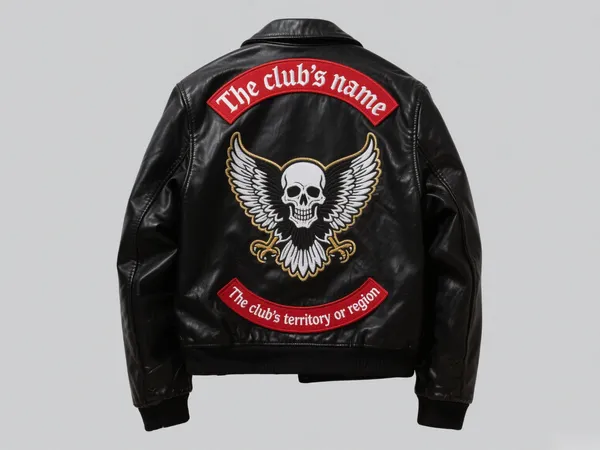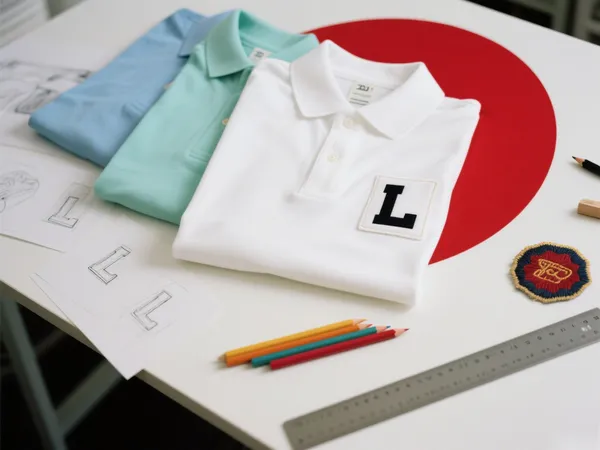Whether you’re designing a logo patch for your brand, a morale patch for a uniform, or a decorative element for clothing or accessories, one of the most important decisions you’ll make is patch size. The right size determines not only how the patch looks but also how well it fits its intended application. Too small, and the details disappear; too large, and it overwhelms the garment.
In this guide, we’ll explore how to choose the best patch size for your needs, the most common стандартные размеры заплат, and what to consider when ordering custom patch dimensions.
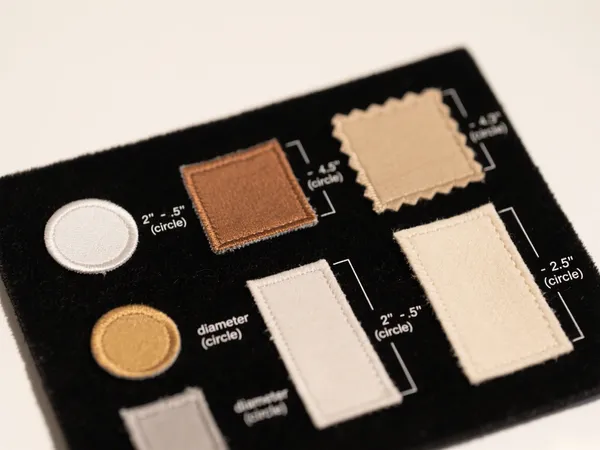
Почему размер патча имеет значение
The size of a patch affects its:
- Видимость: Larger patches attract more attention, while smaller ones can be subtle or used in combination.
- Readability: For patches with text or logos, size directly impacts how legible the design is.
- Application Area: Different items—hats, sleeves, jackets, backpacks—require different patch sizes to fit properly.
- Расходы: Larger patches usually cost more due to increased material and embroidery or printing time.
For these reasons, choosing the correct patch size is essential in balancing function, design, and budget.
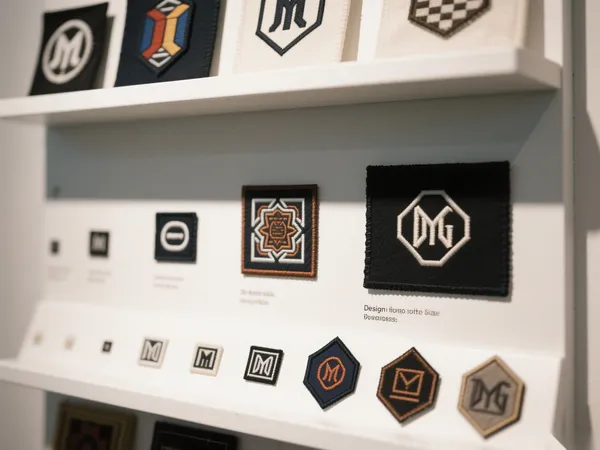
What Are the Standard Patch Sizes?
There’s no one-size-fits-all, but several стандартные размеры заплат are commonly used in the industry:
For Hats and Caps:
- 2.5″ x 1″ (rectangle)
- 2″ – 2.5″ diameter (circle or round)
These sizes are compact enough to fit the front panel of a baseball cap or beanie.
For Sleeves and Shoulders:
- 3.5″ x 2″ (rectangle)
- 3″ diameter (round)
Perfect for uniform sleeve patches like police, fire, or scout patches.
For Chest or Name Tags:
- 3″ x 1″
- 4″ x 1.5″
Common for name patches or role identifiers (e.g., “STAFF” or “SECURITY”).
For Back or Jacket Patches:
- 10″ to 12″ wide
- Up to 14″ tall for full-back patches
Used for motorcycle clubs, event branding, or large decorative designs.

How to Choose the Right Patch Size
Choosing the correct patch size depends on the item it will be applied to and the intended impact. Here are some tips to help:
- Measure the Placement Area
Always measure the available space where the patch will go. Allow for margins around the edges. - Consider the Design Elements
- Logos with small text or intricate details require more space to maintain clarity.
- Simpler logos can be effective at smaller sizes.
- Match the Use Case
- Promotional giveaways? Stick to small, budget-friendly patches (2″–3″).
- High-impact branding? Go larger for maximum visibility.
- Shape Matters Too
The size should complement the shape: square, circular, oval, shield, or custom-cut patches may appear larger or smaller depending on their orientation and balance.
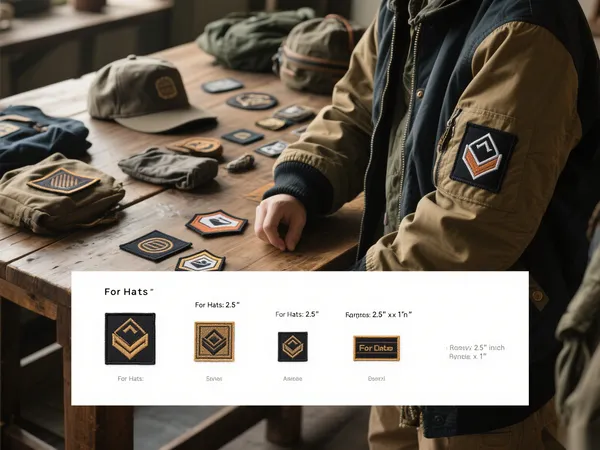
Custom Patch Dimensions: Going Beyond the Standard
While стандартные размеры заплат are efficient, custom applications often require custom patch dimensions. Most professional patch manufacturers allow you to define the exact size down to the 0.1 inch or millimeter.
Advantages of going custom:
- Tailored to your specific garment
- Better alignment with brand proportions
- More creative freedom in design
However, be mindful that very small or extremely large patches may have limitations depending on the technique (embroidery, woven, PVC, silicone, etc.).
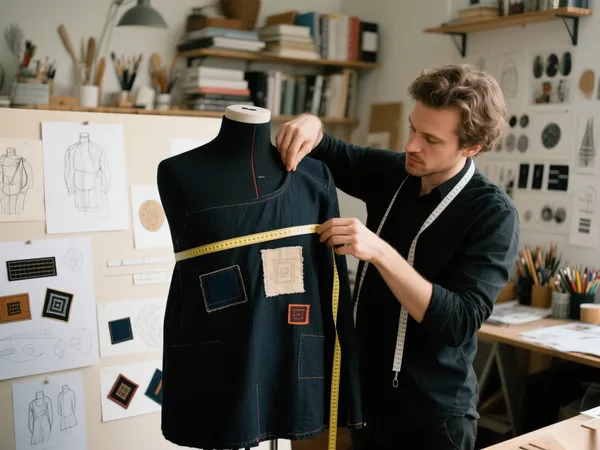
What Size Is Best for Different Patch Types?
| Тип патча | Recommended Size Range |
|---|---|
| Вышитая нашивка | 2″–5″ depending on detail |
| Тканая заплатка | 1.5″–4″ (finer details) |
| ПВХ-заплатка | 2″–3.5″ (moderate detail) |
| Силиконовая заплатка | 2″–4″ (bold design) |
| Name Tag Patch | 3″–4″ x 1″–1.5″ |
| Back Patch | 10″–14″ (center placement) |
These are just guidelines—your branding and placement requirements ultimately determine what works best.
Final Thoughts: Size Is Strategy
When it comes to patches, size isn’t just a number—it’s a strategic decision that affects design clarity, product appeal, and application flexibility. Whether you opt for стандартные размеры заплат or explore custom patch dimensions, make sure your patch aligns with your brand’s vision and the intended use.
So next time you ask, “What patch size should I use?”—think beyond the numbers. Consider the fabric, the message, the audience, and the space. A well-sized patch is one that not only fits but speaks loud and clear.

